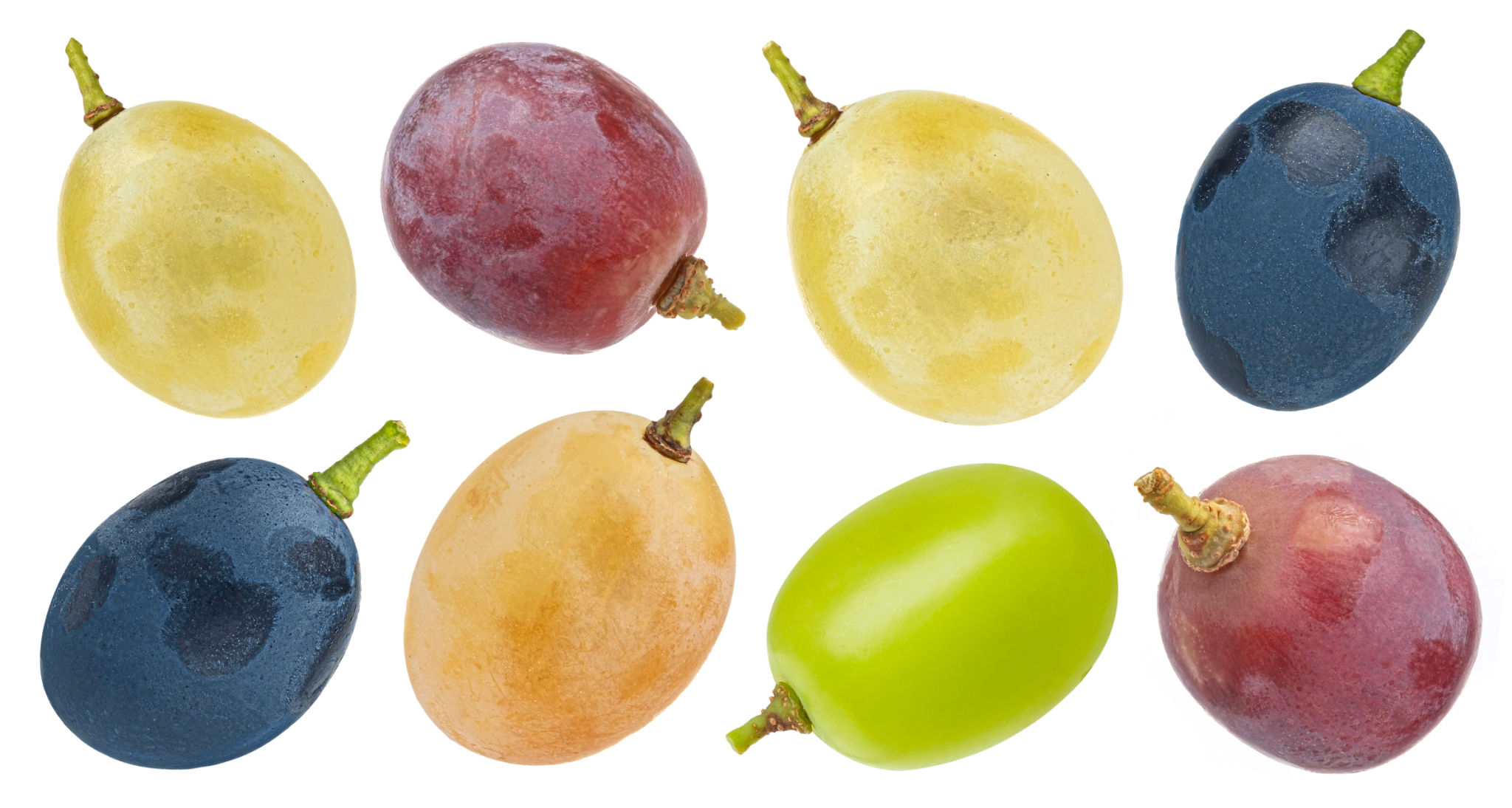Unveiling the Secrets of French Winemaking Traditions
The Rich Heritage of French Winemaking
France is synonymous with fine wine, and its winemaking traditions are steeped in a rich history that has been honed over centuries. The country's diverse regions each contribute unique characteristics to their wines, making French wine a staple on the tables of connoisseurs worldwide. From the rolling vineyards of Bordeaux to the sun-kissed slopes of Provence, French winemaking is a blend of art, science, and tradition.

At the heart of French winemaking is the concept of terroir, a term that encompasses the unique combination of soil, climate, and landscape that influences the flavor and quality of the grapes. This philosophy is central to understanding why wines from different French regions have distinct personalities. The dedication to preserving these natural elements ensures that every bottle tells a story of its origin.
The Art of Blending
One of the most intriguing aspects of French winemaking is the art of blending. Unlike other regions where single varietal wines are common, many French wines are a careful blend of different grape varieties. In Bordeaux, for example, winemakers expertly combine Merlot, Cabernet Sauvignon, and Cabernet Franc to create balanced and complex wines.
This blending process requires a deep understanding of each grape's characteristics and how they complement one another. It's a skill passed down through generations, with families maintaining closely guarded recipes that have been refined over time.

Traditional Winemaking Techniques
French winemakers are renowned for their adherence to traditional methods, even in the face of modern technological advancements. Techniques such as hand-harvesting grapes and using natural yeast for fermentation are still widely practiced. These methods ensure that the wine retains its authentic character and embodies the essence of its terroir.
The use of oak barrels for aging is another time-honored tradition. The choice between French or American oak can impart different flavors and aromas to the wine, adding layers of complexity. Winemakers often experiment with various aging periods to achieve the desired profile for each vintage.

Champagne: The Sparkling Jewel
No discussion of French winemaking would be complete without mentioning Champagne. This iconic sparkling wine originates from the Champagne region and is produced using the meticulous méthode champenoise. This process involves a secondary fermentation in the bottle, which creates its signature effervescence.
- Only specific grape varieties are permitted in Champagne production, including Chardonnay, Pinot Noir, and Pinot Meunier.
- The region's chalky soil plays a crucial role in developing Champagne's renowned crispness and minerality.
- A minimum aging period on lees contributes to its complexity and depth.
Preserving Tradition in a Modern World
While tradition is at the core of French winemaking, innovation also plays a role in its evolution. Climate change and consumer preferences are prompting winemakers to adapt while maintaining their time-honored practices. Sustainable viticulture and organic farming practices are becoming more prevalent, ensuring that France's vineyards continue to thrive for future generations.
As wine enthusiasts around the world continue to appreciate the nuances of French wine, the secrets of these age-old traditions remain as relevant today as they were centuries ago. Each sip is a tribute to the meticulous craftsmanship and dedication that define French winemaking.